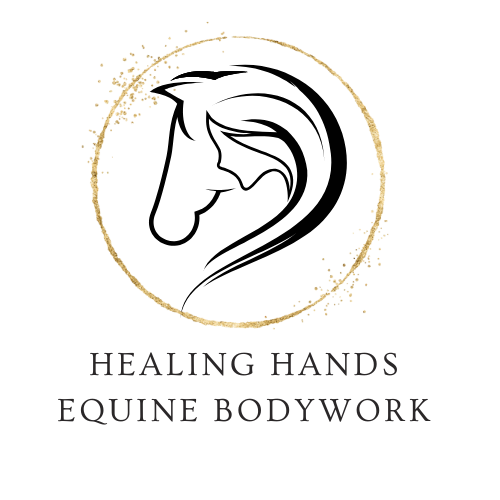When The Horse Says "NOT TODAY!"
I can already hear you say - but he MUST! Or does he? What if I told you that I found a more effective way - a way where your horse WANTS TO SAY YES? Where he is COMPELLED to work with you?
LET'S CHANGE THE CONVERSATION!
When we think of our interaction with horses and all the advice we get, it is 99% about what we are supposed to DO. But every time we show up at the barn, before we even ask the first thing or open that stall door, our horses already entered a conversation with us. They read our bodies like an open book - our posture, facial expression, the way we walk, talk to other people, the way we approach their stall, if we start handling them but are talking to someone else.
It is ALL a conversation to them.
But to me, the more important part of this conversation is LISTENING. And listening entails we open ourselves up to receive information - including the NO, NOT TODAY! By acknowledging this response, you can connect. Your horse will know you are engaging in a conversation, not a lecture. But what do you do after that?
So often we repeat our request, ask more strongly, or louder and more forcefully. But have you considered softening? Or asking for less? Or taking five steps back and addressing only a part of your original request?
OPEN THE HEART SPACE AND HAVE THE CONVERSATION THAT MATTERS.
I recently encountered just this situation with a mare I work on every two weeks. This mare is a very sensitive individual - she really tries her best to be cooperative and frankly, an overachiever. She wants to please and connect.
So when this girl says "NO", I better pay attention! Her feedback to me is vital to our success as a team!
In this particular situation, she was very reactive to any touch in her right lumbar/flank area, her entire ribcage on her right side and even her scapula/shoulder area and sternum. And I mean reactive - threatening to kick, ears pinned flat, trying to bite. While she is always honest in her responses to me on what works or doesn't work, this was a response with flood lights!
I could have taken the approach of disciplining her, of telling her she has to let me do what I need to do and just put up with it. But what would the outcome be?
I would loose her trust in me - the trust that I am there to help her and that her feedback matters. She would start bracing internally, shut down and no longer be a partner and participant in our session. Her honesty matters more than I can tell you.
NOBODY KNOWS YOUR HORSE'S BODY BETTER THAN YOUR HORSE!
So how did I proceed? I softened immediately, and when the reactions stayed the same, I back-tracked to just outside of the troubling body part and worked my way in - slowly, softly, always staying under the bracing and reactive response. Since she could not tolerate touch in those troubling areas, no matter how light and delicate, I increased the range of motion in her right hind from below - utilizing different techniques that mobilize the hindleg from the bottom up. By passively assisting the horse in letting tension go in her right hindleg, I was also able to address the nervous system, allowing the horse to create a new response. I worked on softening the big muscles of the hindend, relaxed the spinal column and therefore allowed the pelvis and lumbar area to soften and relax. I worked on the left side of the body. I opened up her poll area, her TMJ, addressed any restrictions in her cervical vertebrae (her neck). This now allowed me a way into her shoulder area and eventually her sternum. I would go back and forth between those adjoining areas and the opposite side of the body.
I never worked directly on those areas that troubled her and caused her to say NO.
Slowly but surely, her defensiveness lessened, her reactions diminished and I was able to work on the body part she originally said NO to. I was able to touch and bring awareness to those areas, allowing a release of those tension patterns and restrictions. Finally the rib cage opened up, the lumbar area softened, the hip started dropping... We were back in balance and harmony.
But the one most important part of the session was to give breaks, to allow the horse to process those little changes and to integrate a different way of being and feeling.
WHEN RELEASING TENSION, IT MUST BE DONE IN A WAY SO THE BODY CAN PROCESS AND INTEGRATE. IF THIS NEW EXPERIENCE OF BEING IS NOT INTEGRATED, IT GETS STORED IN THE BODY IN A HEIGHTENED STATE OF CHAOS - ALTERING THE BODY/STRUCTURE AND EMOTIONS AS WELL.
If your goal is a partnership where your horse is responsive, soft, giving, supple - you must set it up so s/he CAN give you that. This means you MUST allow your horse to enter the conversation in the most honest way. If it means breaking things down into smaller goals, shorter training sessions, filling in the holes in our foundation we so often gloss over, DO IT.
Your horse wants to know his feedback matters, that s/he is heard, acknowledged. Trust is built in very small moments - so let's change the conversation.
